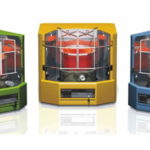Winter is a difficult time not only for humans, but also for technology. Cars are especially sensitive to cold - every motorist knows how difficult it is to warm up a car on a winter morning and how it reacts to low temperatures.
In addition, car enthusiasts spend a lot of time in the garage looking after their car, and of course, this requires comfortable conditions. Which garage heater to choose for comfort and warmth? Let's look at different options and find the answer to this question.
Selection options
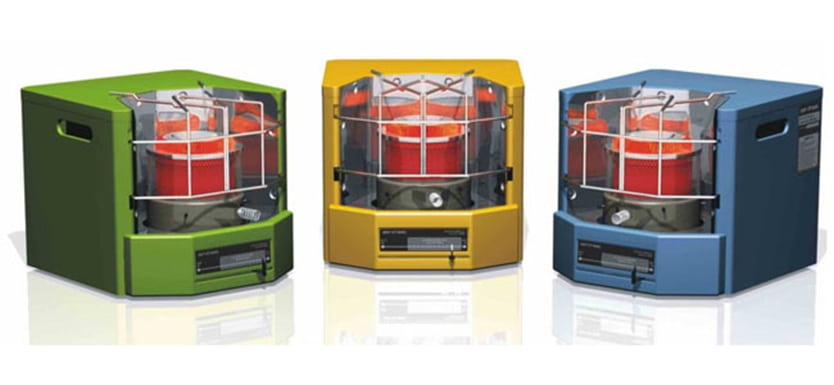
Before making a choice, let's take a look at a number of parameters that need to be considered. The most important criteria for a garage heater are:
- Safety for flammable substances;
- Performance and efficiency;
- Energy consumption and costs.
Let us first dwell on the most important aspect - safety. A garage heater must meet this requirement because there are flammable substances in the immediate vicinity.
Don't neglect this! Trying to save money on a heater can create a dangerous situation for both the garage and yourself.
Performance and efficiency are just as important - you need to keep your garage at a temperature that is comfortable for both the car and you. The larger the room, the larger (and more efficient) the heater should be, although the ideal temperature is, of course, individual.
And, of course, the last factor, but no less important from this: energy consumption and costs. When you buy a heater, the costs don't end, but only begin: electricity or fuel is required for any option.
By choosing the right device for you, you will reduce and optimize your costs.
Focusing on the basic parameters, you can determine which garage heater is best for you. Let's analyze each of them separately.
![]() See also - Review of a quartz heater for home and garden
See also - Review of a quartz heater for home and garden
Electric

You can not talk about an electric heater for a long time: everyone is familiar with these devices, since they are the ones that we most often meet in everyday life.
For heating an apartment, dacha and work, everyone chooses just this option; consider it in the case of a garage.
The principle of operation of any electrical device is the same: electricity heats up the coil, which gives off heat directly to the air or, for example, to oil.
For a garage, heat guns, wall convectors, heat fans and the usual oil radiators are suitable.
Electrical appliance advantages:
- Low cost (in comparison with other options);
- Assortment (easy to find a device of any shape, size and type);
- Mobility of most versions (easy to carry from place to place and connect anywhere).
Disadvantages:
- It is impossible to turn on if there is no power supply;
- High power consumption.
An electric appliance is suitable if you are doing minor repairs or if you just urgently need to warm up the garage, but it will not be convenient for constant heating, and even more economical.
Nevertheless, if you decide to purchase this particular type, then when choosing, be sure to pay attention to fire safety and power.
Diesel and kerosene
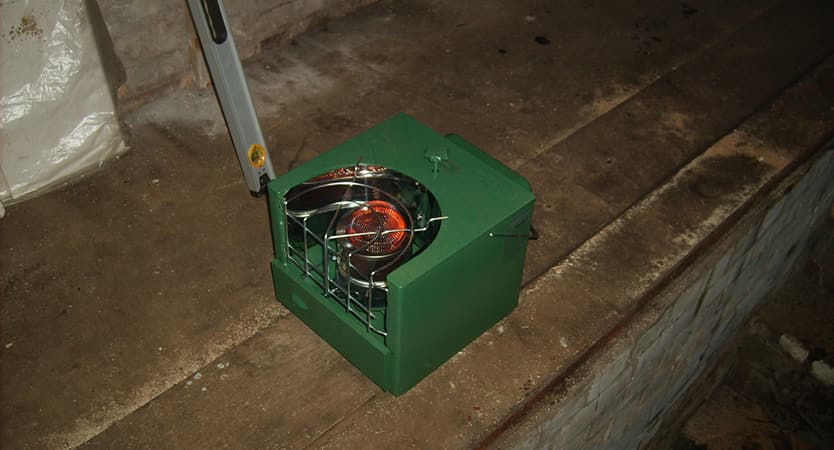
The diesel or kerosene version is well suited for use in a garage and has a number of pleasant advantages:
- Inexpensive fuel;
- High performance;
- Compactness of most options.
- Diesel and kerosene heaters are very simple to use and do not require much attention and skill, and the time of continuous operation is up to fifteen hours.
However, there is a significant disadvantage that when using this option, you have to ventilate the garage from time to time or put it in a room with good ventilation: when using this device, the oxygen content in the air is significantly reduced.
If you have opted for a kerosene or diesel heater for a garage, you should prefer an indirect diesel heater: it has a pipe for exhausting gases.
Gas
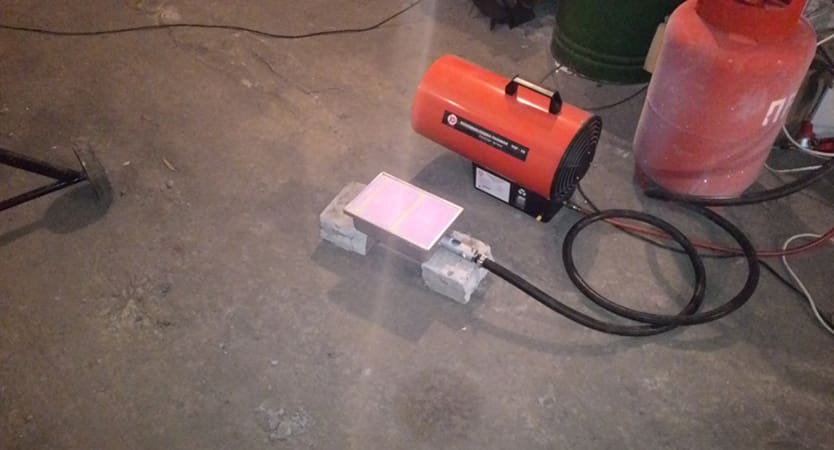
Gas heaters are a fairly convenient and cost-effective option. They usually operate on a propane-butane mixture, and are connected to a liquefied gas cylinder.
In turn, the gas heater is divided into two versions: convector and ceramic.
- A convector gas heater is a combustion chamber that is connected to a gas cylinder. And also the device is equipped with an air duct supplying air for, and a chimney for getting rid of combustion products.
- The second version of the gas heater is ceramic models. They heat up the ceramic panels built into the appliance.
One of the advantages of this model is a combustion sensor. If the flame goes out, the heater will cut off the fuel supply - this makes the ceramic heater safer.
If there is access to a common gas pipeline, then in the ceramic version there is a universal valve for connection. In addition, the gas appliance has a thermostat that allows you to regulate the air temperature: this also saves fuel.
A gas heater is best suited for heating garages that do not require constant heating.
Infrared
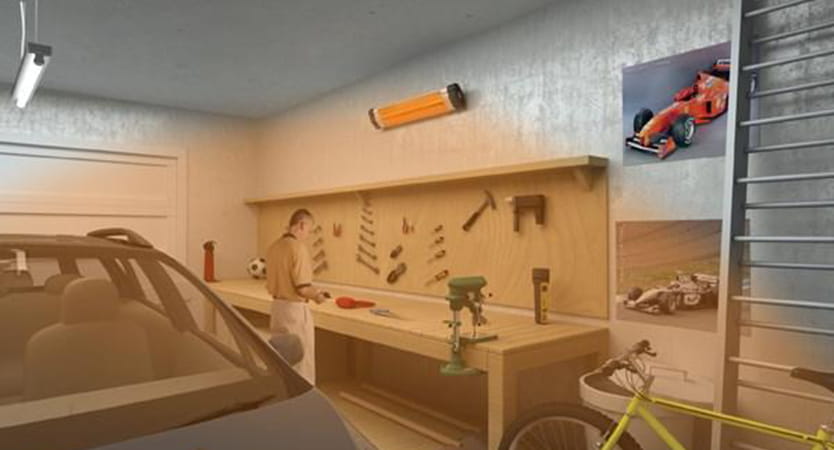
Infrared heaters are actually electric heaters because they also require electricity to operate.
An infrared heater is usually mounted on the ceiling of a room - this allows you to use its energy as efficiently as possible. One device will be enough for a small garage; for a spacious room, it is better to install two devices.
The undoubted advantages are quiet operation, no smell and space saving, as they are mounted on the ceiling. This is convenient if you are carrying out any large-scale repair work on a car.
The main disadvantage of an infrared lamp is that you need to carefully monitor the direction of radiation: you cannot direct the lamp at objects and substances that are flammable.
This is due to the principle of operation of the device: first, the lamp heats up everything in the room, and only then these objects give off heat to the air.
The same factor affects one more point: if the room has a low ceiling, it is best to choose a low-temperature lamp.
![]() See also - Infrared heaters are harmful or not
See also - Infrared heaters are harmful or not
Solid fuel heater
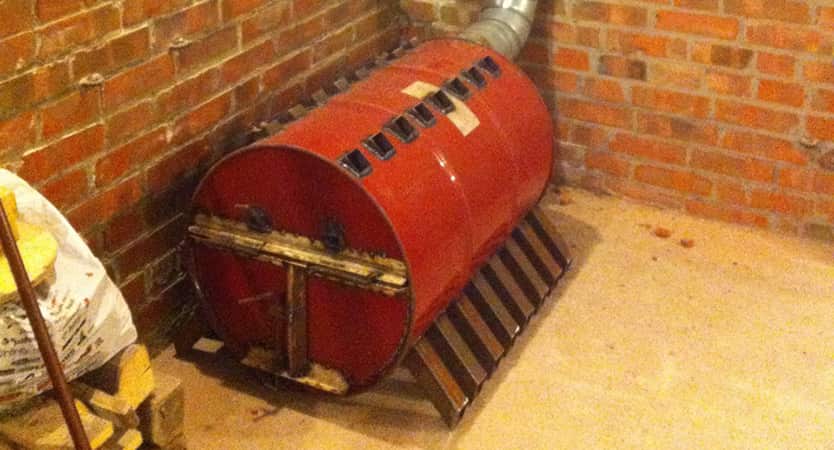
Let's conclude the review with the simplest and most unassuming heating option - solid fuel. This is what is usually called among the people "potbelly stove".
Many people make such stoves by hand, but you can also purchase a ready-made version that will be more thoughtful and safe: for example, it will have an exhaust pipe and a tightly closing door.
- Solid fuel stoves run on coal, wood, sawdust, and a variety of wood waste.
- With the help of such a stove, you can quickly heat a room of any size and maintain the desired temperature in it, however, do not forget about the fire safety rules.
- Install stoves as far as possible away from any combustible substances.
See also:
- The 18 best Timberk heaters of 2019
- 20 best Ballu heaters of 2019 according to customers
- 5 best Stiebel Eltron heaters of 2019
- 5 Best Digital Weather Stations for Home of 2019
- 5 best electric fireplaces and hearths according to customer reviews


